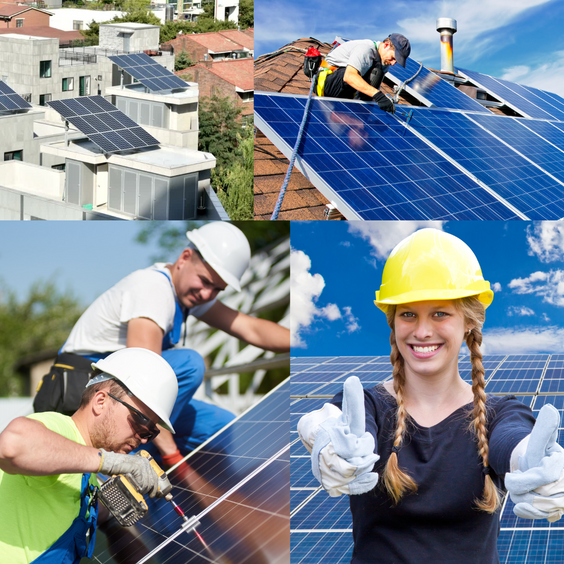Posted by Nastech on 14th Jan 2023
Home Solar Energy System; Components and Functions
What is a Home Solar Energy System?
A home solar energy system, also known as a residential photovoltaic (PV) system, is a setup that converts sunlight into electricity that can be used to power your home. The main components of a home solar energy system include solar panels, an inverter, a charge controller, and batteries.
What are the main components of a Home Solar Energy System?
Solar Panels
Solar panels are the primary component of a home solar energy system. They are made up of photovoltaic cells that convert sunlight into direct current (DC) electricity. The number and size of the solar panels will depend on the amount of electricity that you need to generate for your home.
Solar Inverters
An inverter is a device that converts the DC electricity produced by the solar panels into alternating current (AC) electricity that can be used to power your home. This is necessary because most household appliances and devices run on AC electricity.
Solar Charge Controllers
A charge controller is an electronic device that regulates the flow of electricity from the solar panels to the batteries. It ensures that the batteries are not overcharged or undercharged, which can damage them and shorten their lifespan.
Solar Storage Systems (or Batteries)
Batteries are used to store the excess electricity produced by the solar panels. This stored electricity can be used during periods when the sun is not shining, such as at night or on cloudy days. The type of batteries used in a home solar energy system can vary, but common options include lead-acid, lithium-ion, and saltwater batteries.
Other Components
In addition to these main components, a home solar energy system may also include additional components such as a meter that measures the amount of electricity being generated and used, and a monitoring system that allows you to track the performance of the system.
Installation
The installation process of a home solar energy system typically begins with a site assessment to determine the best location for the solar panels, and the number and size of the panels needed. The solar panels are then installed on the roof or on a ground-mounted rack, and wired to the inverter, charge controller, and batteries. The inverter is then connected to the home's electrical system, allowing the solar-generated electricity to power the home.
In summary, a home solar energy system is made up of several components that work together to convert sunlight into electricity that can be used to power your home. These components include solar panels, an inverter, a charge controller, and batteries. The installation process involves assessing the site and installing the solar panels, connecting them to the inverter, charge controller, and batteries, and then connecting the inverter to the home's electrical system.
For questions:

